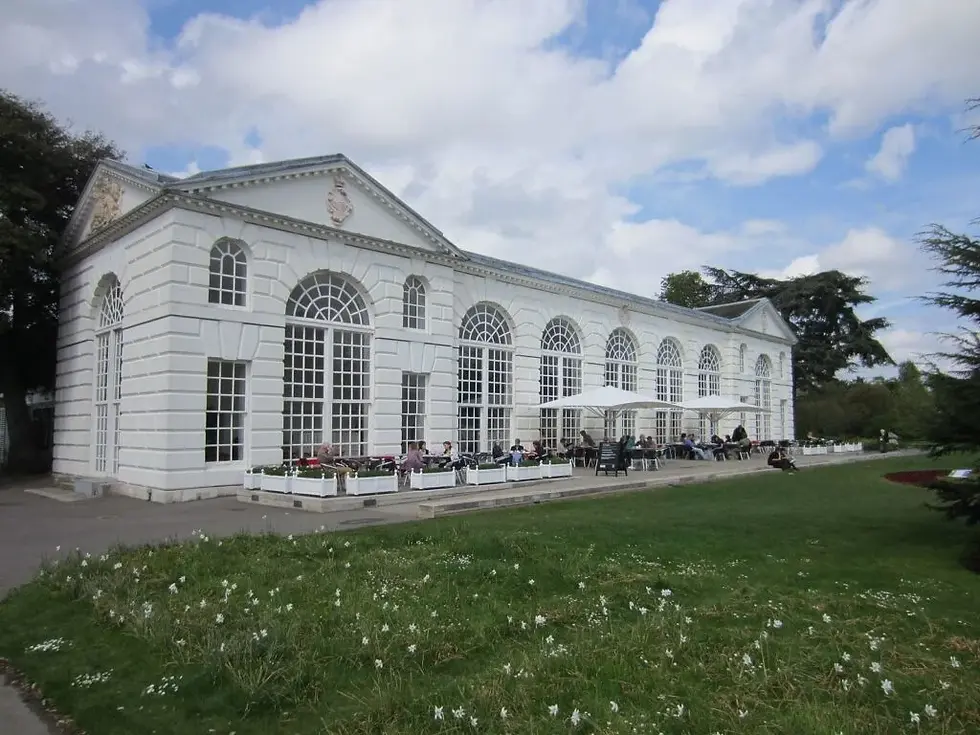The Orangery at Kew Gardens – Classical Style in a Botanical Setting
- Glass House Architecture
- Aug 14
- 1 min read

A Royal Commission
The Orangery at Kew Gardens in London was built in the 18th century for Augusta, Princess of Wales. Originally intended for growing citrus trees, it became one of the largest of its kind in England. Its classical design reflects the elegance of the Georgian period.

Architectural Significance
Designed by Sir William Chambers, the building features grand arched windows and a sweeping façade. The light-filled interior once housed exotic plants but now serves other purposes. For anyone considering a British orangery, Kew’s design demonstrates how symmetry and proportion create timeless appeal.

Modern Adaptations
Elements of Kew’s design can be applied to contemporary homes. A glass house extension with tall glazing, balanced façades, and clean detailing can capture the same refined atmosphere. This style works in both heritage restorations and new builds.

Why It Remains an Icon
Kew Gardens’ orangery is admired for its elegance and historical value. Set among one of the world’s most famous botanical collections, it shows how architecture can complement and enhance its surroundings. Its influence continues to shape modern orangery design.


